Planning your vacation trip to Europe already? How about you leave the big destinations and take on a more adventurous approach? Certainly, there is too much to see in London, Paris, Madrid or Rome. But you would also have to cope with traffic, packed restaurants and bars and the speed of the big city you so much wish to avoid at least during the holiday. So if you still want to see the best of Europe but avoid the traditional destinations, here are some towns and small cities you might have never heard of, but you should definitely put on your traveling list!
10. Bruges, Belgium
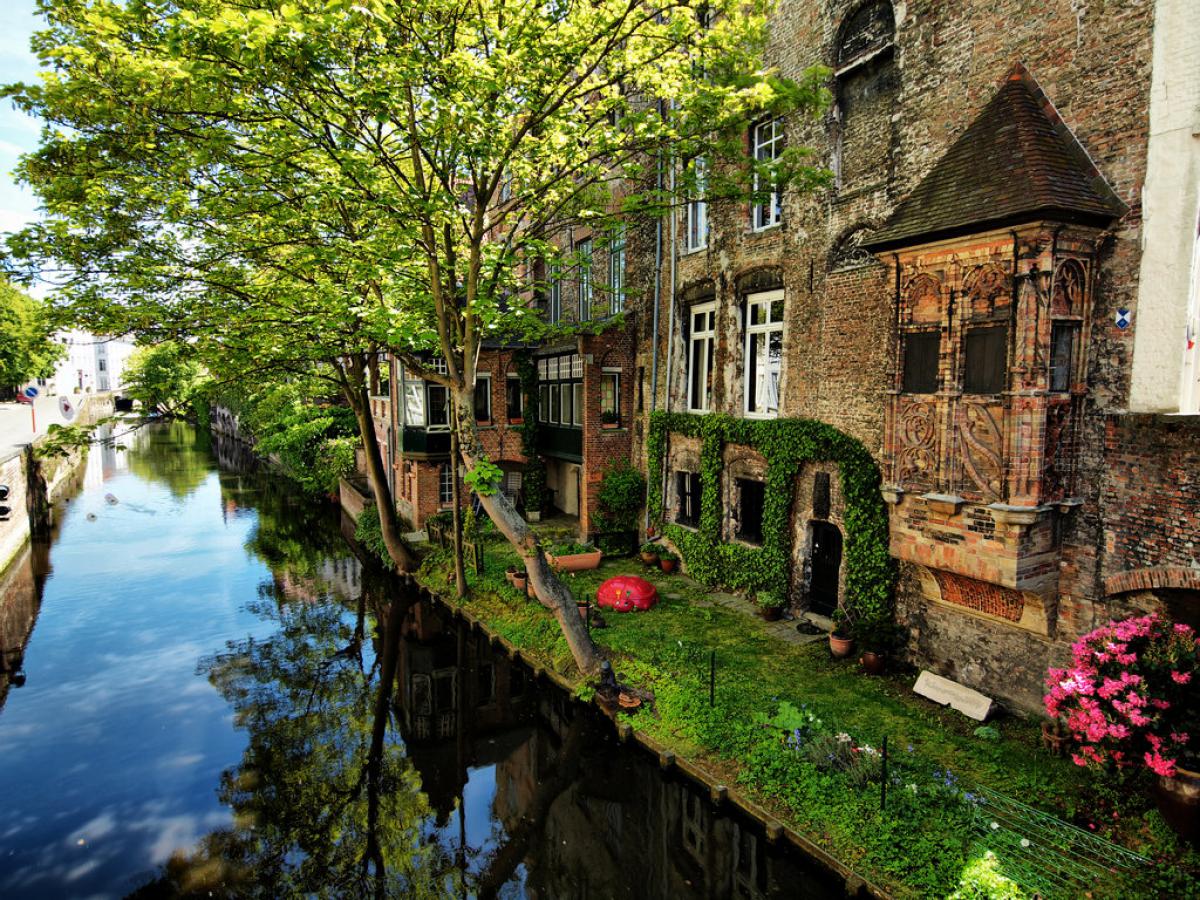
Population: 120,000
How to get there? Book your flight to the capital of Belgium Brussels and then take the train to Bruges. The ride takes less than an hour and is very comfortable.
Sites to visit: the City Hall, the St. Salvator Cathedral, the Beguinage, the Groeninge Museum.
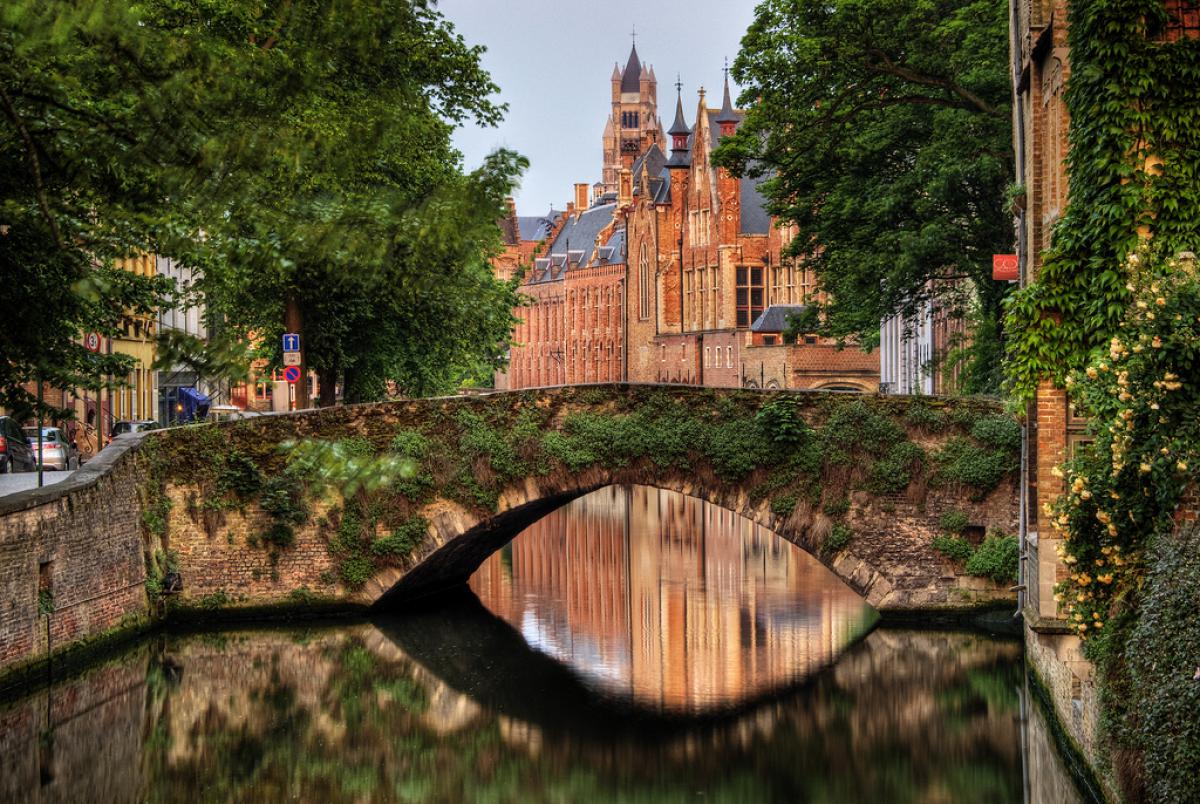
Bruges features the best Flanders has to offer – peace and tranquility, hospitality, and the peculiar Flemmish architecture that ranks among the most beautiful in Europe. This millennium-old trade city still holds the atmosphere of the 16th and 17th century in its churches and picturesque houses, small, narrow streets and lively squares. You can also taste some of the best beer in Europe in one of the many restaurants in the centre of the city.
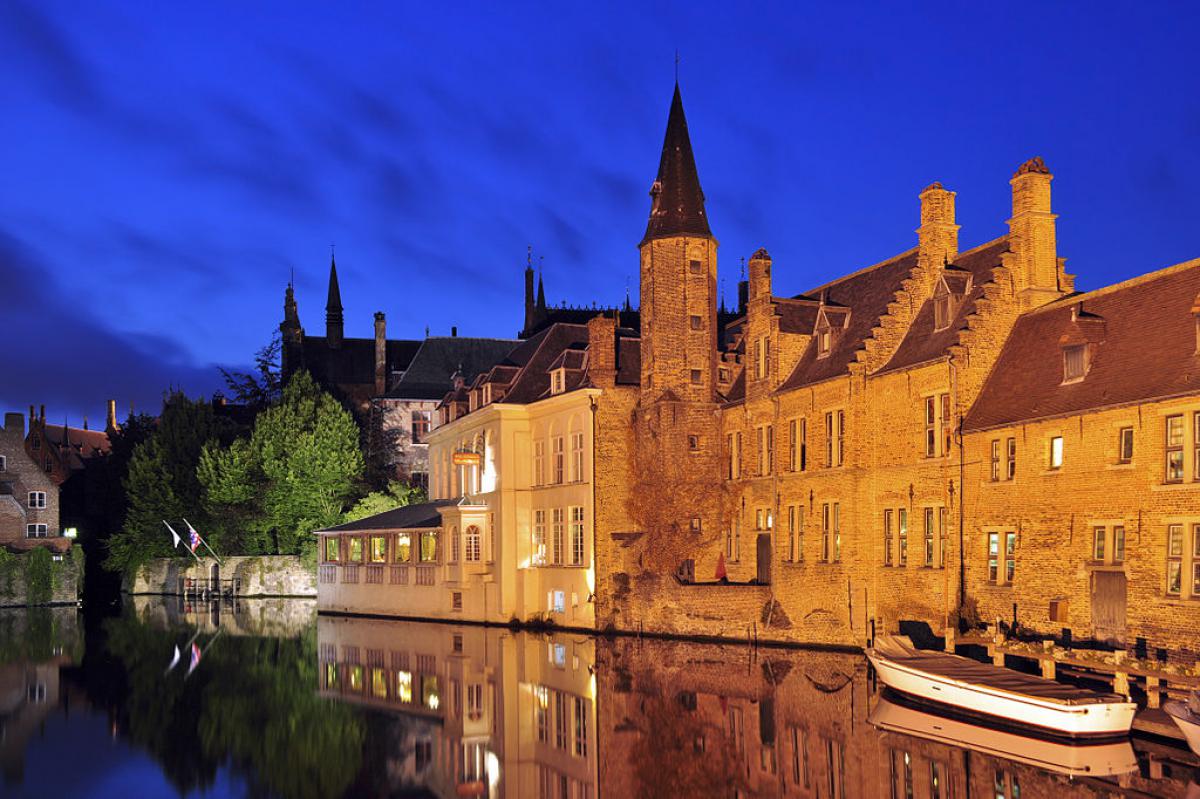
9. Torun, Poland
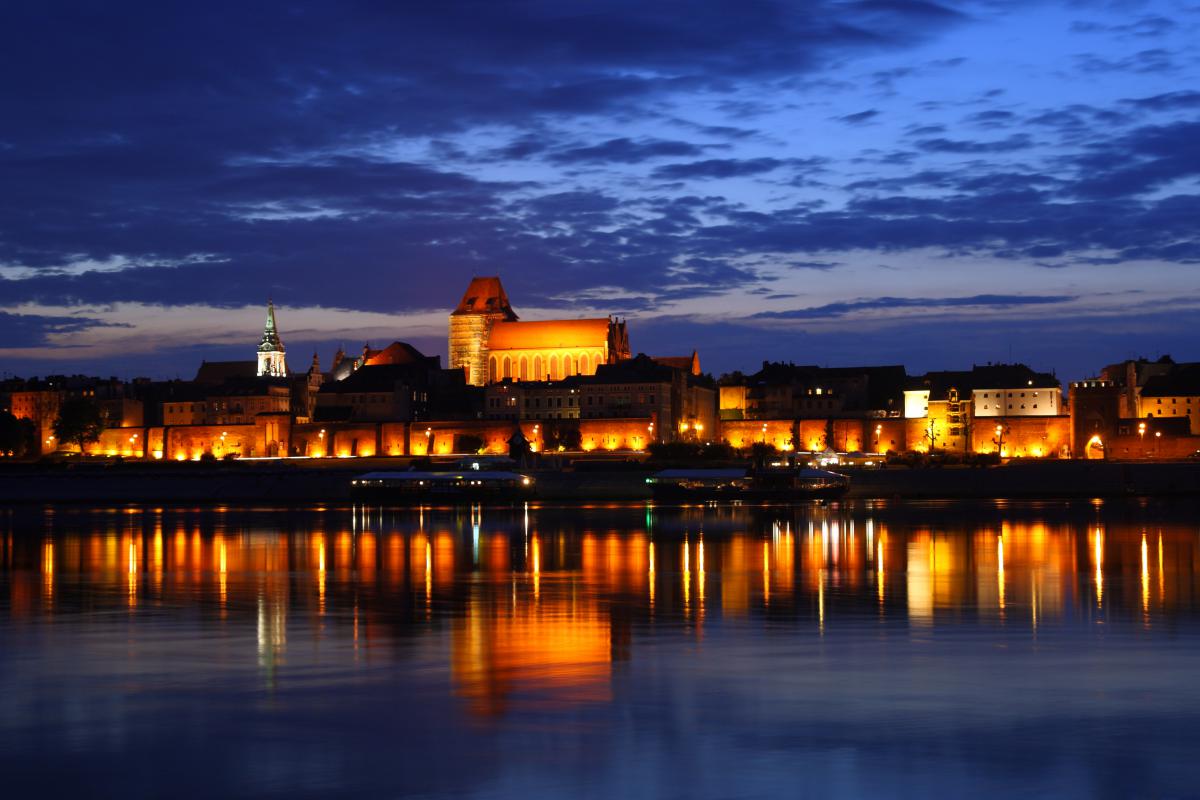
Population: 200 000
How to get there? You must take the plane to the Polish capital Warsaw, which is 185 km away from Torun. There are frequent busses and trains to the city.
Sites to visit: the Old Town Hall, the Torun Cathedral, St James’s Church, St Mary’s Church, the ruins of the old Teutonic castle, the mediaeval city ramparts, the Torun Fortress.
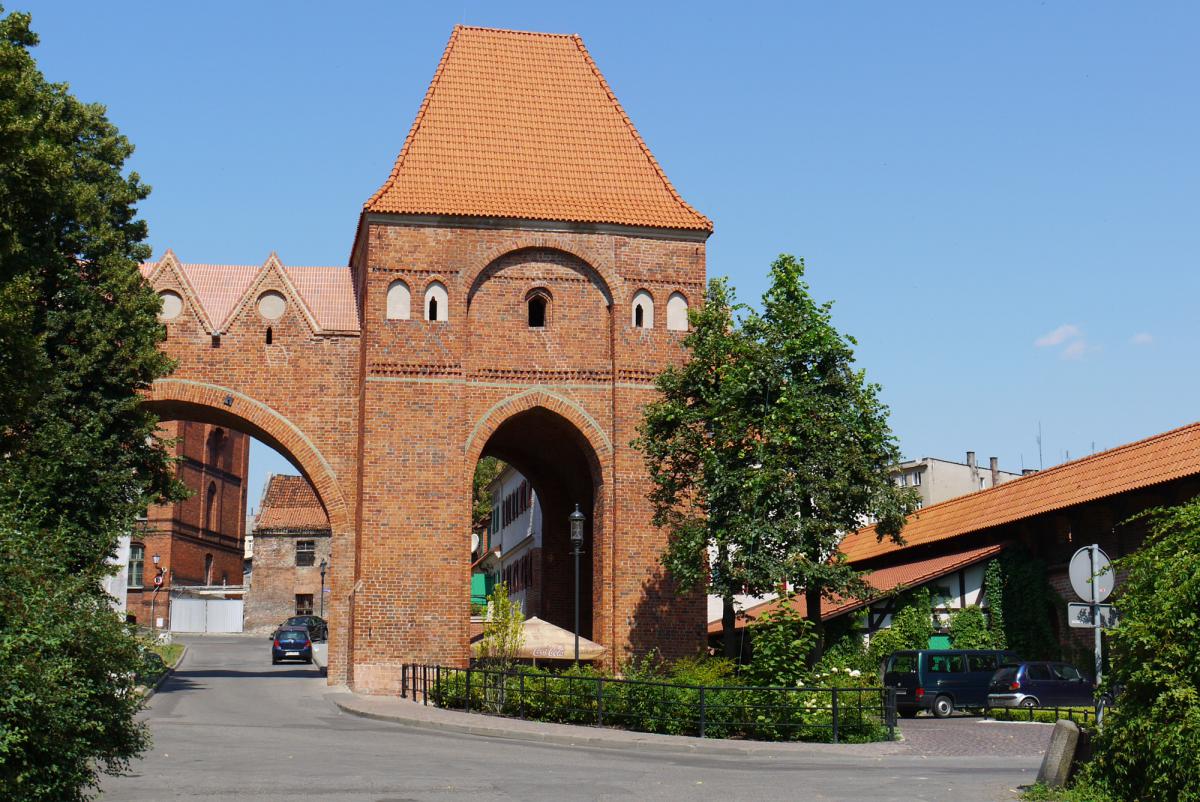
The birthplace of Nicolaus Copernicus, Torun is among the most remarkable mediaeval towns in Eastern Europe. Unlike Warsaw and many other Polish cities, Torun did not suffer massive destruction during World War II and retained much of its original spirit and beauty. Its landskape is dominated by the Gothic pinacles of the Catholic churches and houses. The city offers breathtaking vistas over the Vistula river and a multitude of interesting places to visit for the fans of cultural tourism.
8. Granada, Spain
Population: 240, 000
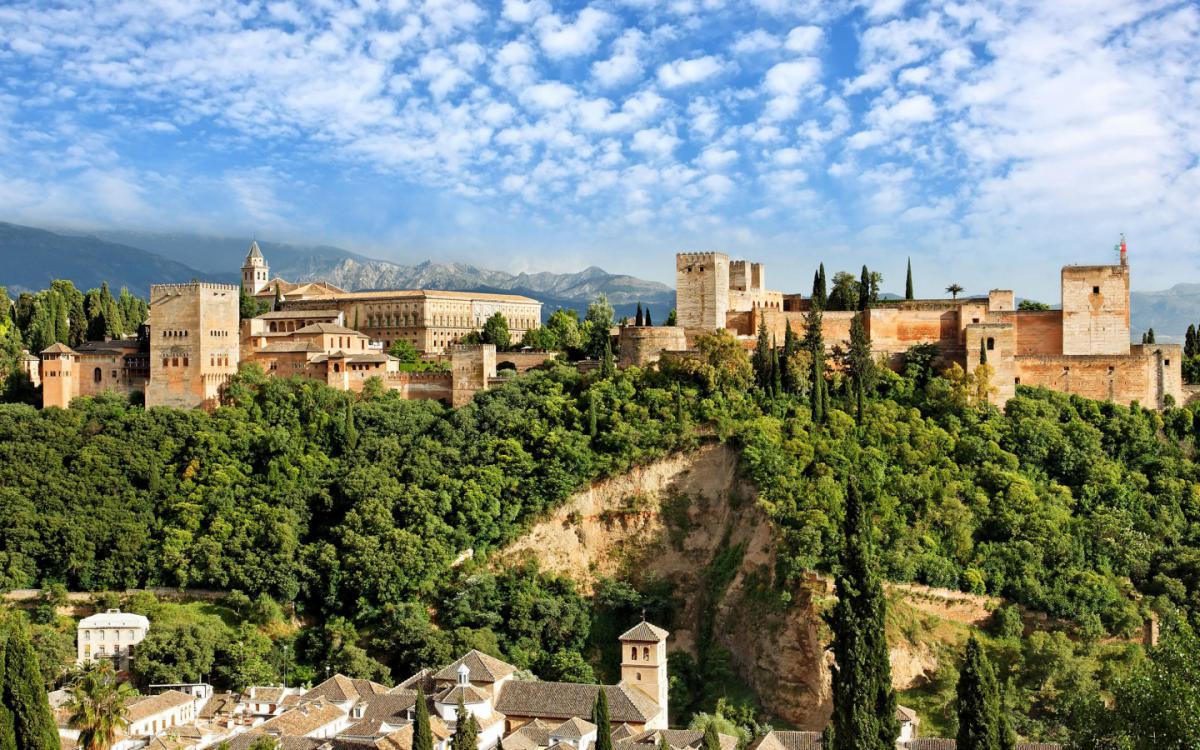
How to get there? You can either fly to Granada Airport from London, using British Airways or you can travel to Madrid or Barcelona and then take a domestic flight to the city.
Sites to visit: La Alhambra Castle, the Granada Cathedral, the Generalife, Albayzin, the Royal chapel.
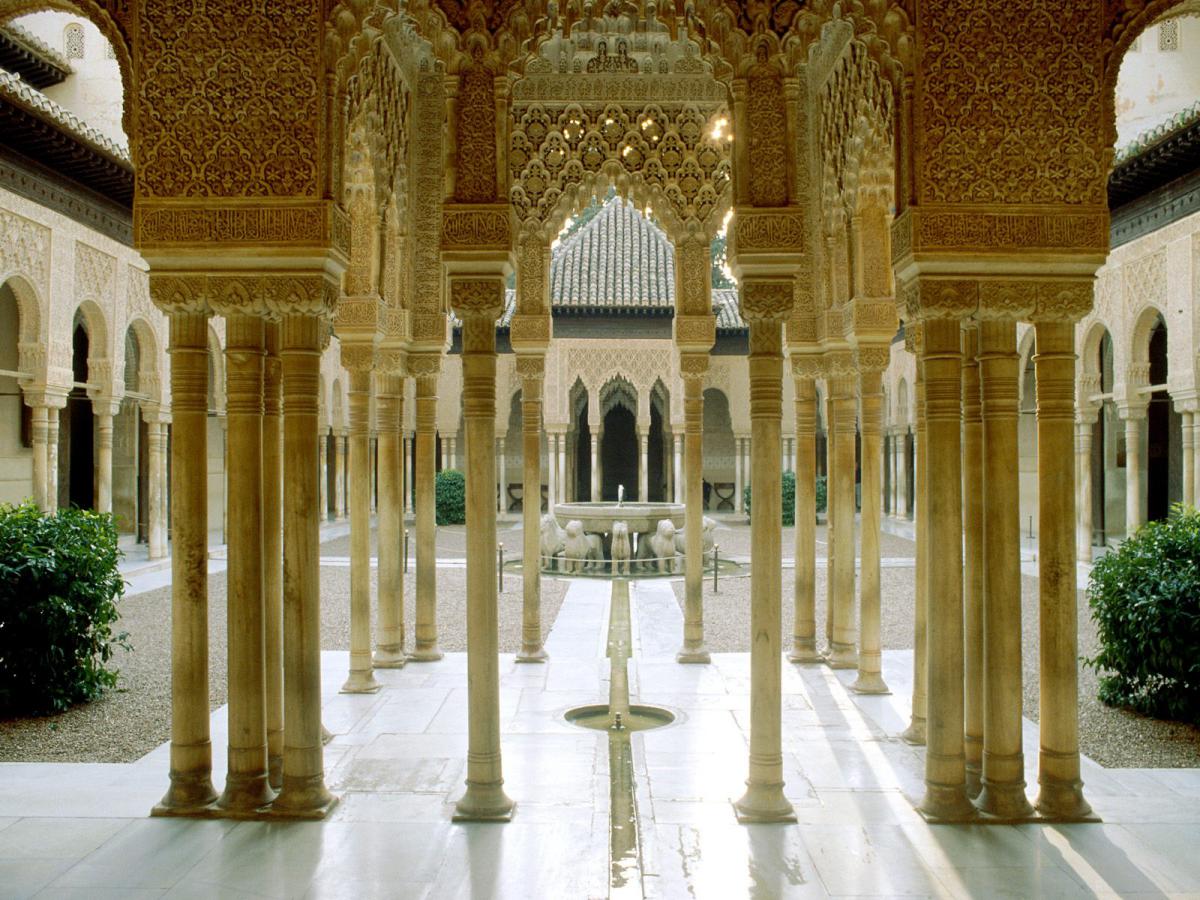
Dominated by the legendary Alhambra Castle, Granada remains one of the most beautiful historic cities of Spain, rivaling Toledo and Salamanca. The lavishing style of mediaeval Arabic architeture reached its high point in Granada – in its castles and ramparts, gardens and squares. It is a place that captures time like very few others in Europe.

7. Ravenna, Italy
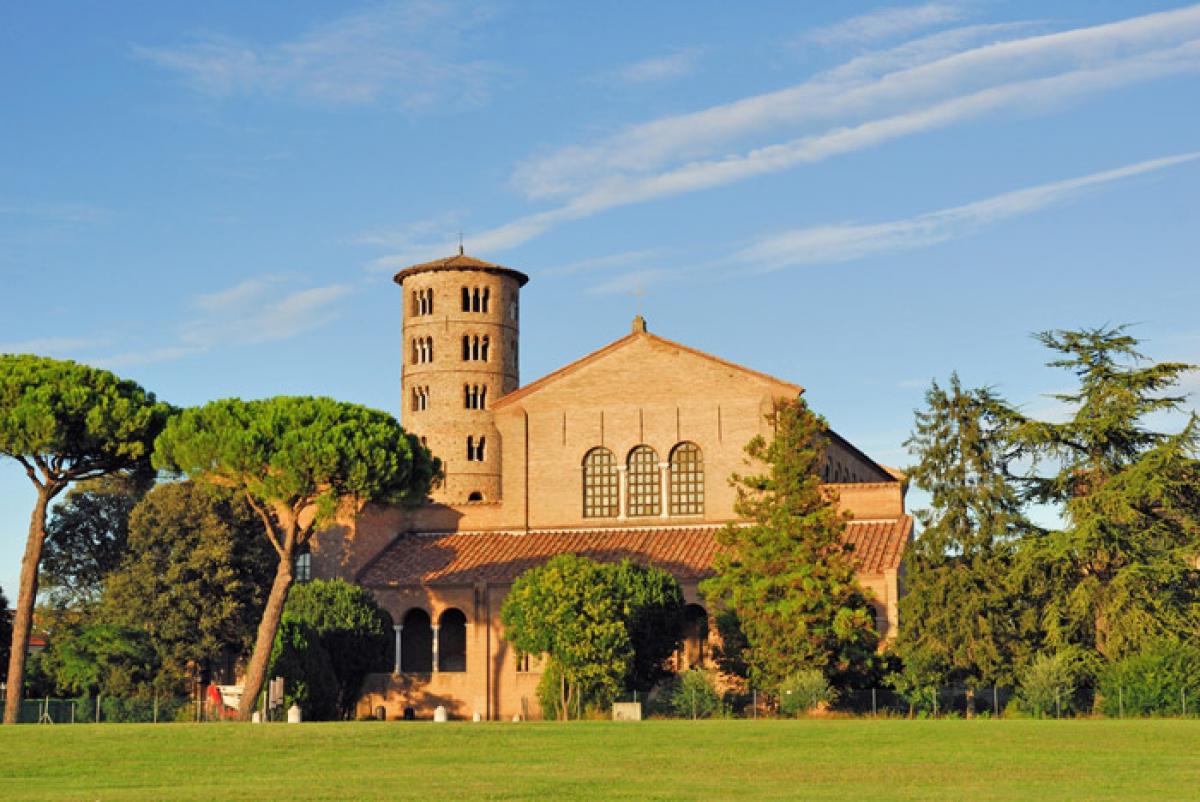
Population: 160, 000.
How to get there? You have a lot of options to reach Ravenna, as the city is relatively close to both Rome (291 km), Milan (259 km) and Venice (121 km). So you can take an international flight to any of these major airports and then catch a domestic flight to Ravenna airport which is located 5 km away from the city.
Sites to visit: Baptistry of Neon, Mausoleum of Galla Placidia, Archiepiscopal Chapel, Arian Baptistry, Mausoleum of Theoderic, Basillica of San Vitalle, the Palace of Theoderic.
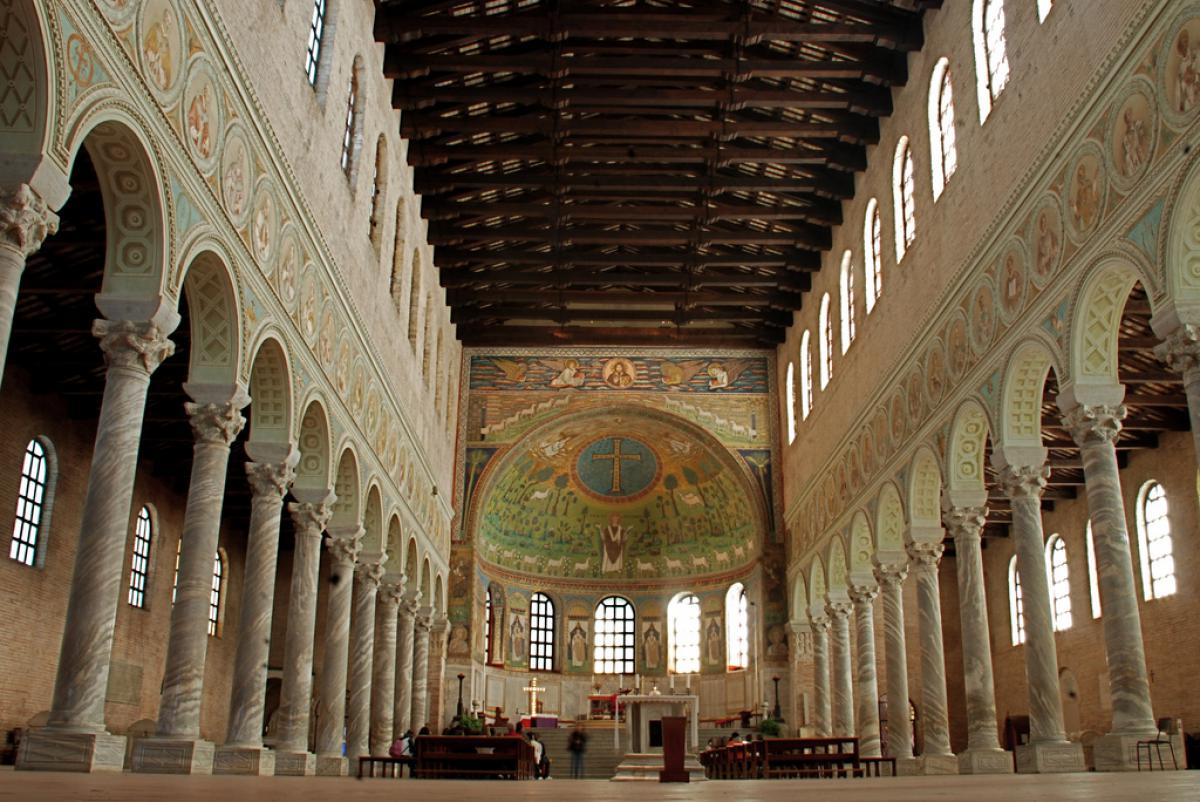
If you love cultural and historic to
urism, this is your place! Ravenna took the crown away from Rome in Late Antiquity as the most prominent city in Italy and then became the capital of the Ostrogoth Kingdom. You can find no less than eight UNESCO World Heritage sights here – churches and mausoleums dating back to early 6th century. Ravenna is renowned worldwide for its perfectly preserved ancient mosaics and architecture.
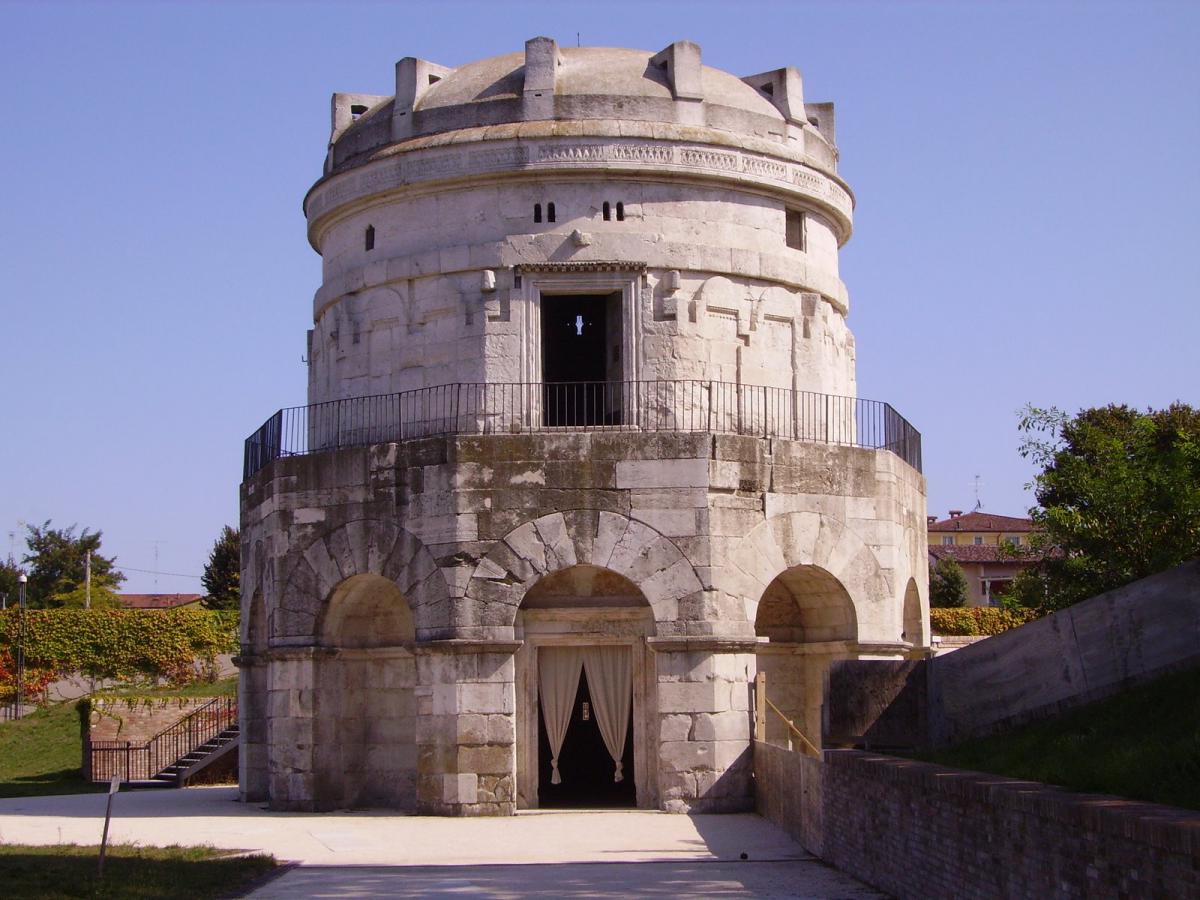
6. Coimbra, Portugal
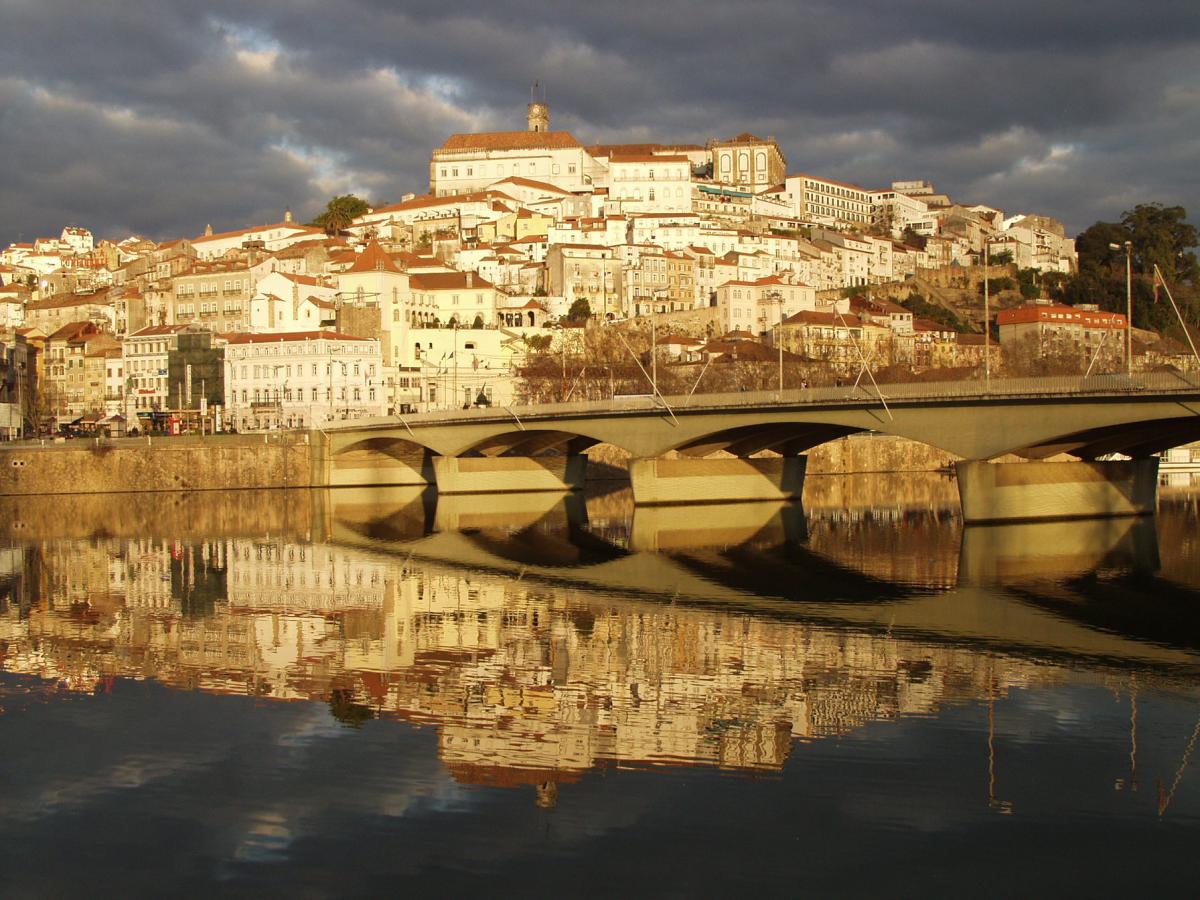
Population: 140, 000
How to get there? The easiest way would be to take a plain to Lisbon and then travel by train to Coimbra. The journey takes just under two hours and will cost you about 17 euro.
Sites to visit: The Old Cathedral, The New Cathedral, The University of Coimbra, the Monastery of Santa Cruz, the Joanine Library, the Tower of the Almedina, the Botanical Garden.
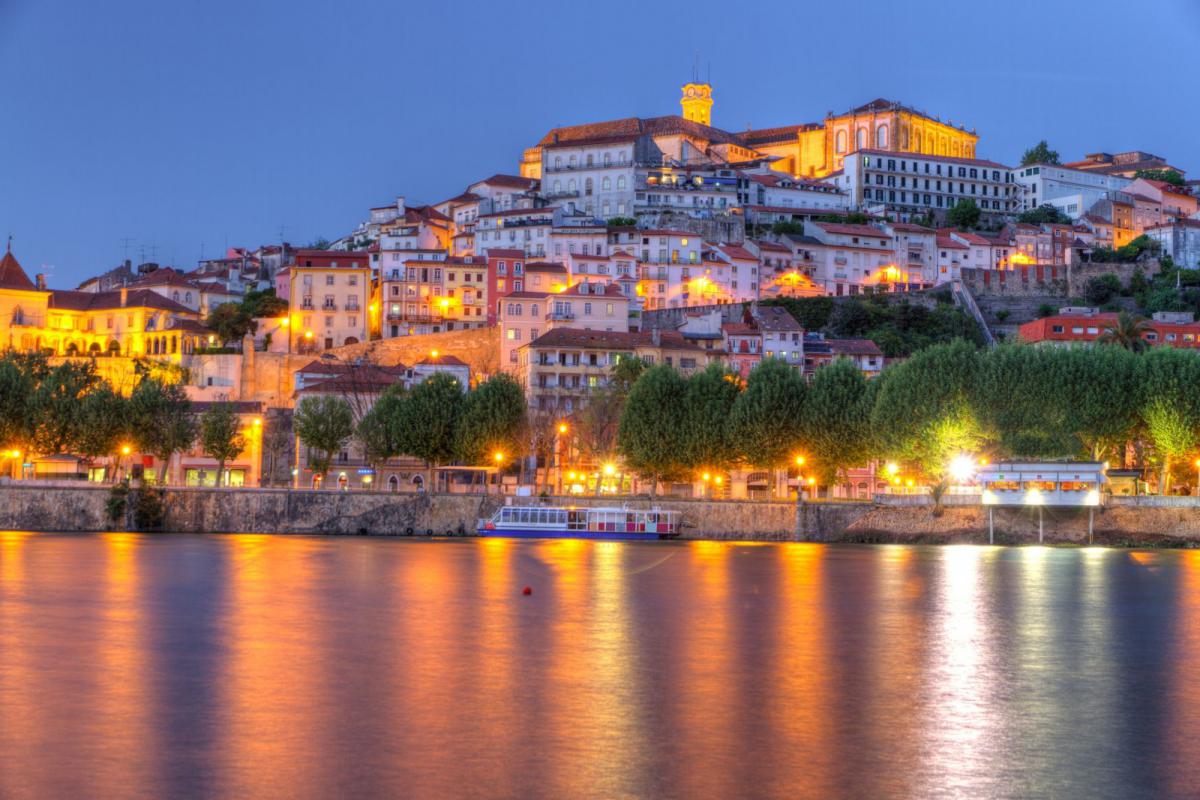
The old medieval capital of Portugal is arguably the most beautiful city in the country and certainly much more peaceful and picturesque than the busy Lisbon. The city looks like a textbook in classic architecture – with example of the Romantic, Renaissance and Baroque styles all coexisting in close proximity. Do not miss the Joanine Library – one of the most beautiful buildings of its kind in the world!
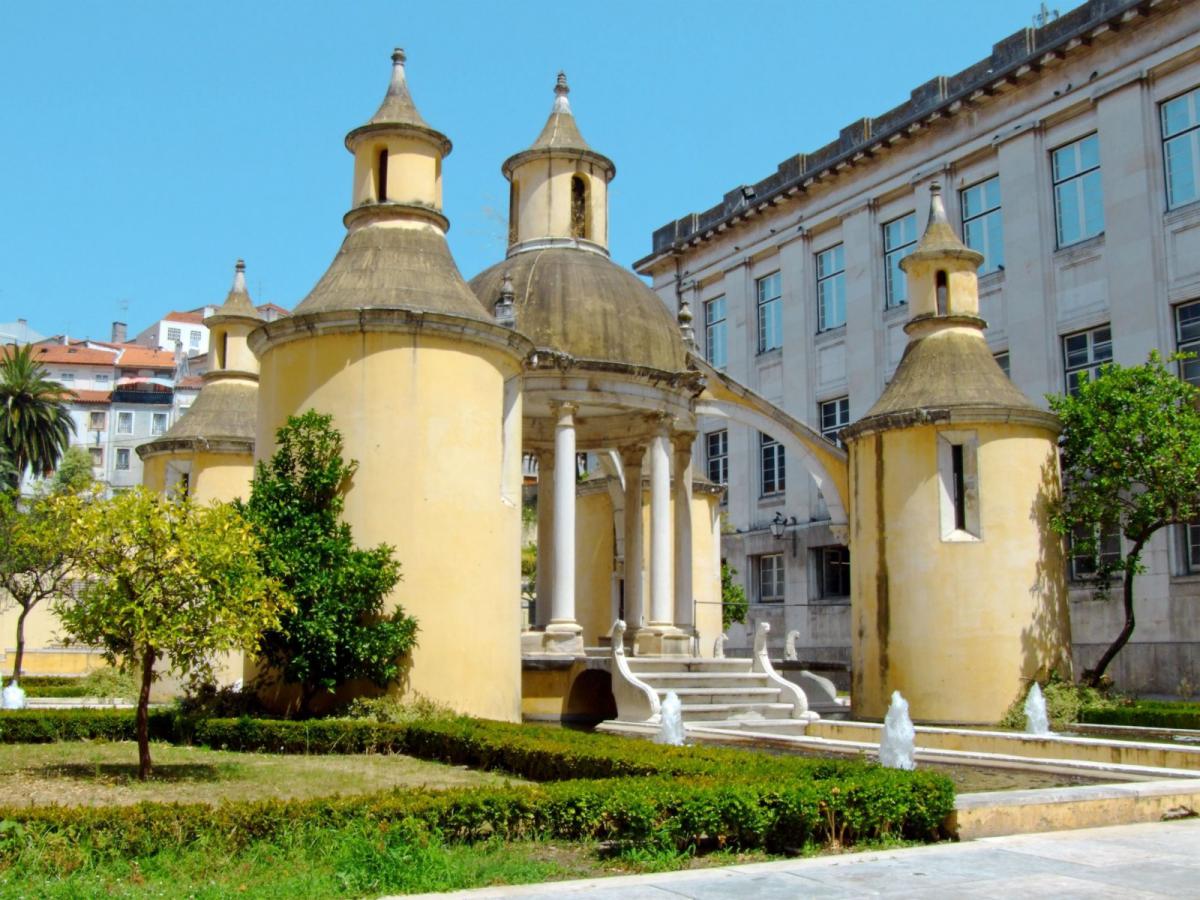
5. Kotor, Montenegro
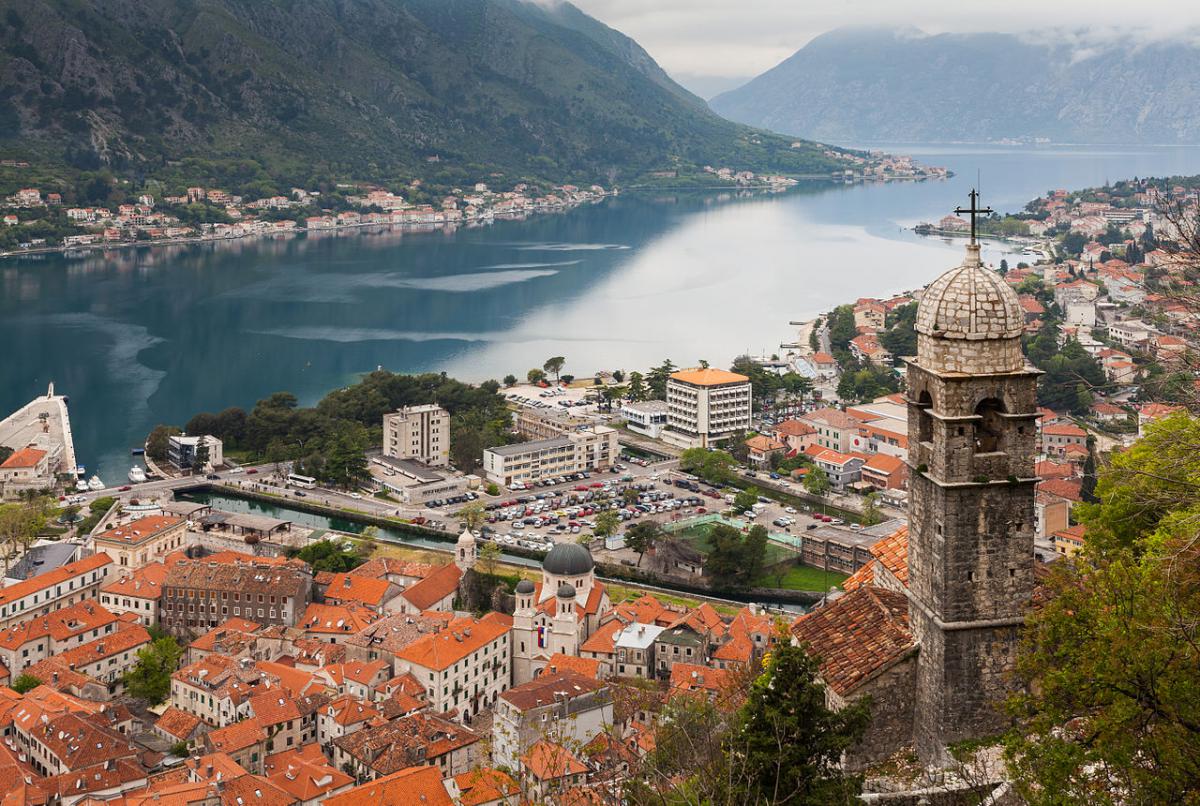
Population: 5, 300
How to get there? The best option is to catch a flight to the local Tivat Airport, which is just 8 km away from the town. Charter flights to Tivat are available from the biggest European airports (Paris, London, Moscow, Rome). The other option is to fly to the capital of Montenegro Podgorica and than take the bus to Kotor (90 km ride).
Sites to visit: St. Tryphon Cathedral, the medieval ramparts, the Old city.
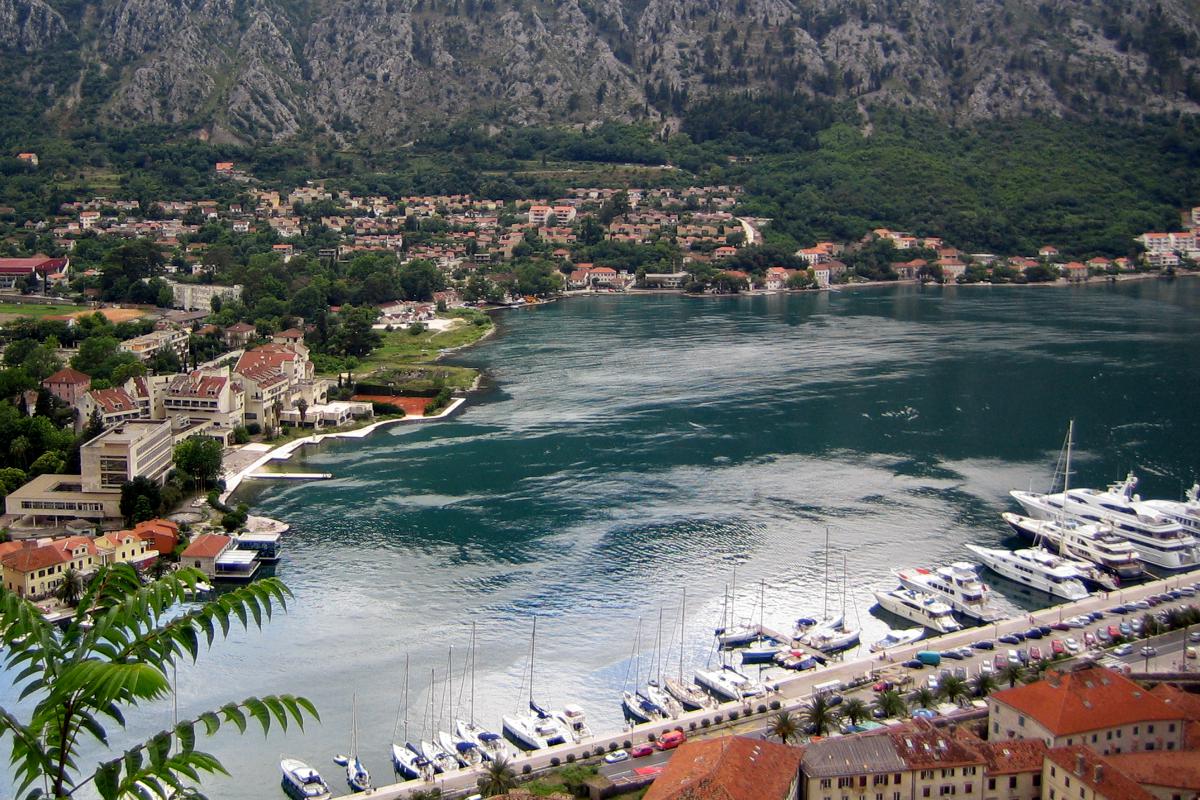
Kotor is often compared to Dubrovnik and for a good reason – it is one of the best preserved medieval towns in the Adriatic. Kotor’s advantage is that it is relatively unknown and not crowded with tourists like its bigger and more famous Croatian counterpart. Its small cobbled streets, winding on the steep hills over the Kotor bay still preserve the Mediterranean spirit of the late Middle Ages.
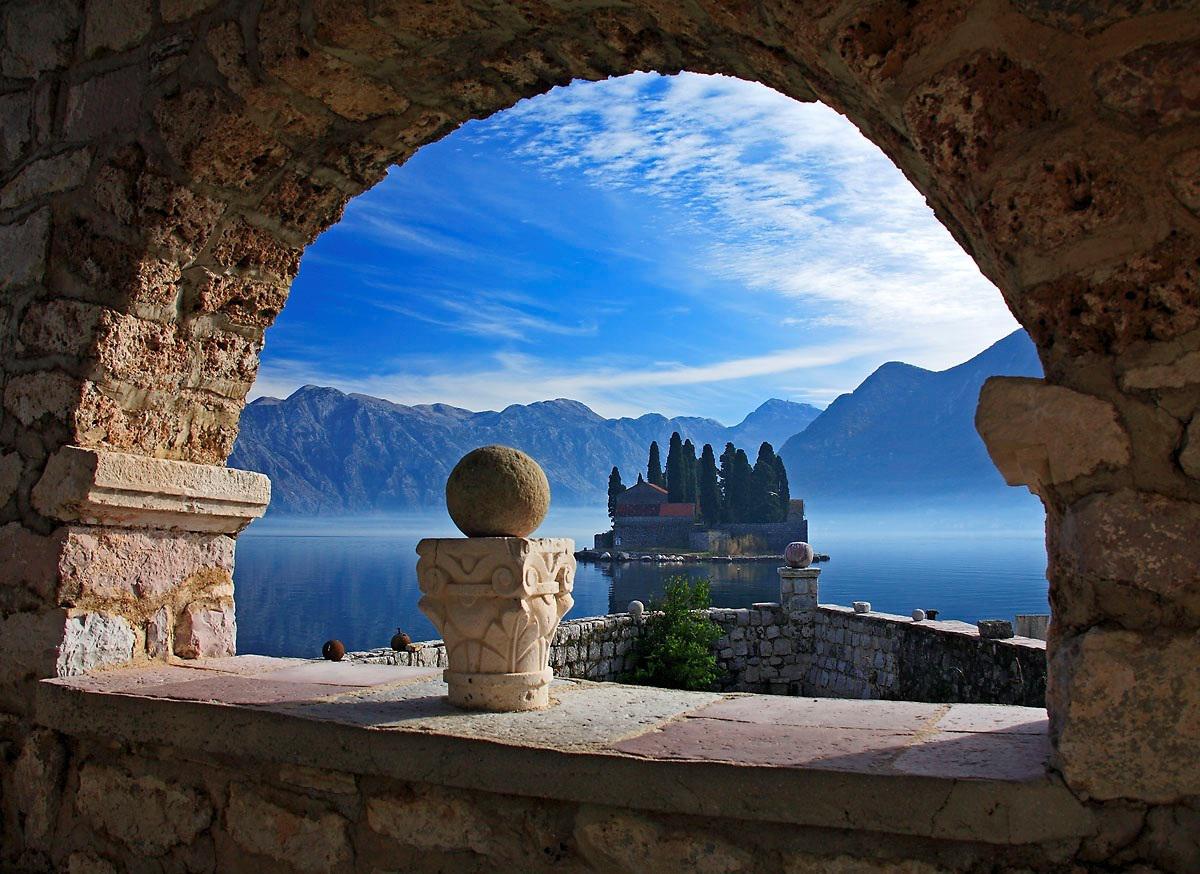
4. Nessebar, Bulgaria
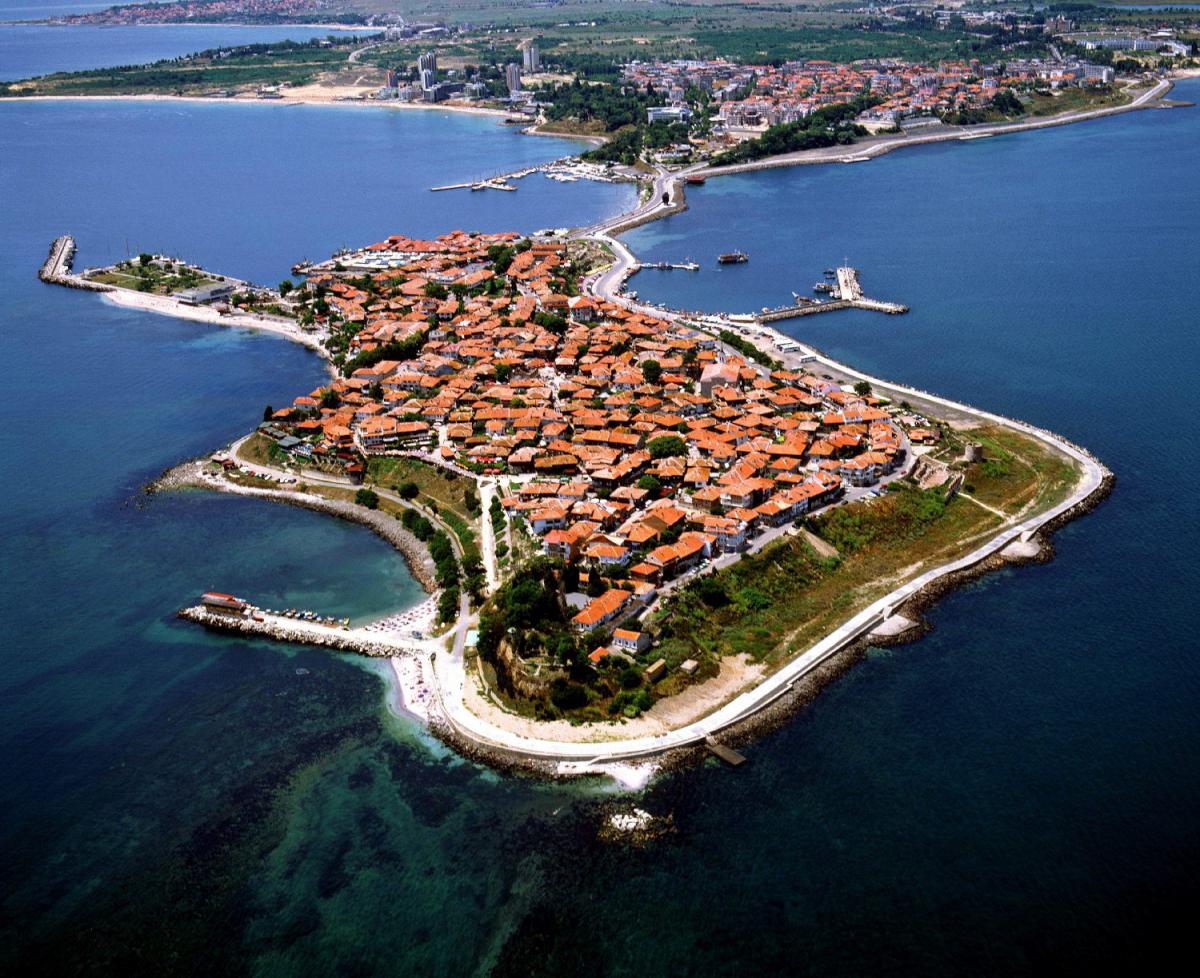
Population: 14, 000
How to get there? Take a plain to the Burgas international airport – Nessebar is just 30 km away and there are regular busses to the town.
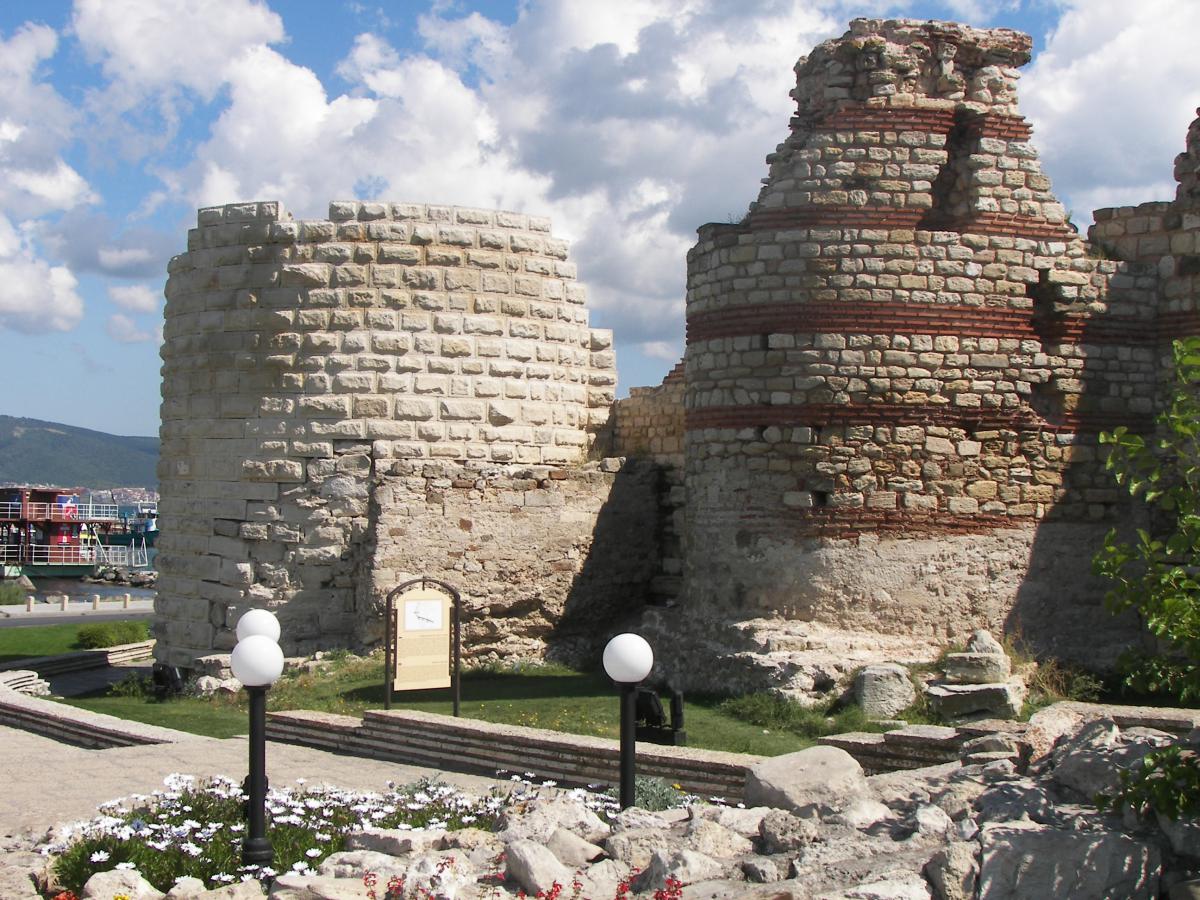
Sites to visit: The Old Town, Church of John the Baptist, Church of Christ Pantocrator, Church of St Sophia, Church of St Clement, the Byzantine medieval ramparts, The Windmill on the Istmus.
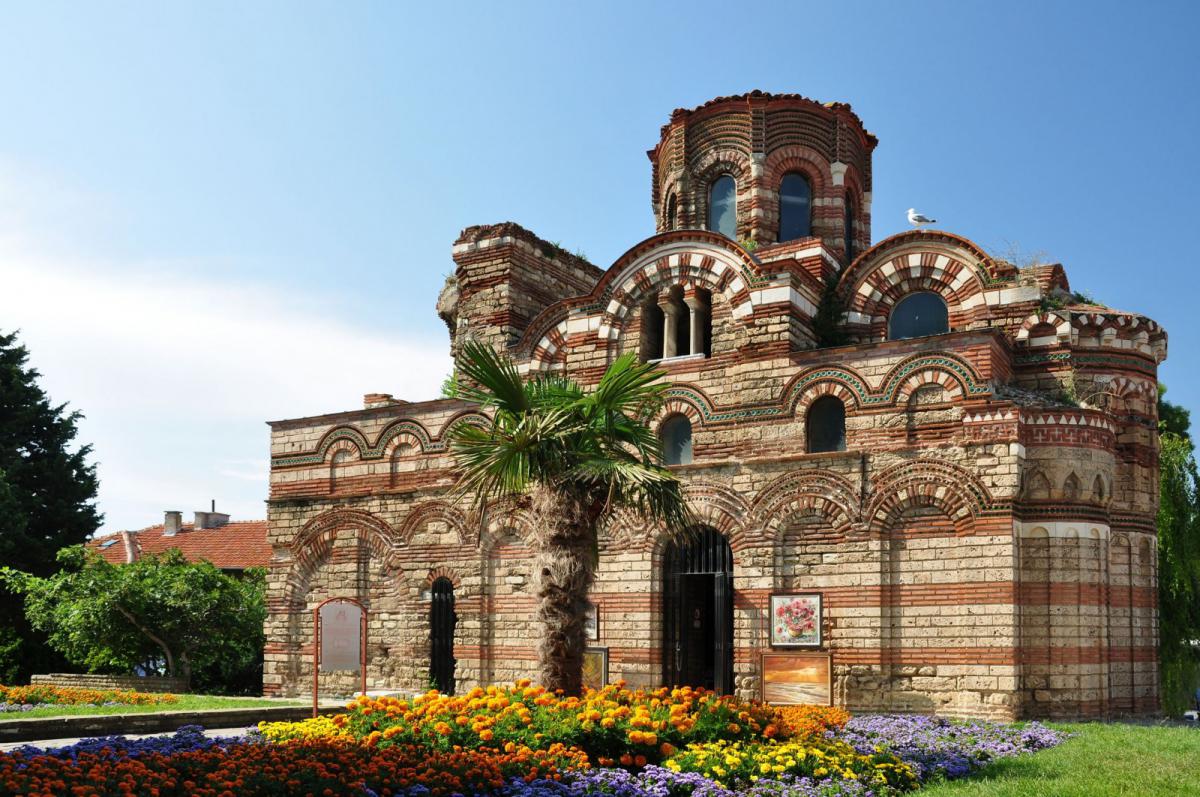
“The Pearl of Black Sea”, Nessebar is the best preserved medieval town in Bulgaria. It is more than 2600 years old and the antique Byzantine churches date back to the 6th and even 5th century. It is one of the most remarkable cultural sites to visit in Southeastern Europe and offers a magical experience with its eclectic mix of historic ruins, beautiful beaches and vibrant nightlife. There is something for everyone in Nessebar, especially if you choose to visit it during the summer.
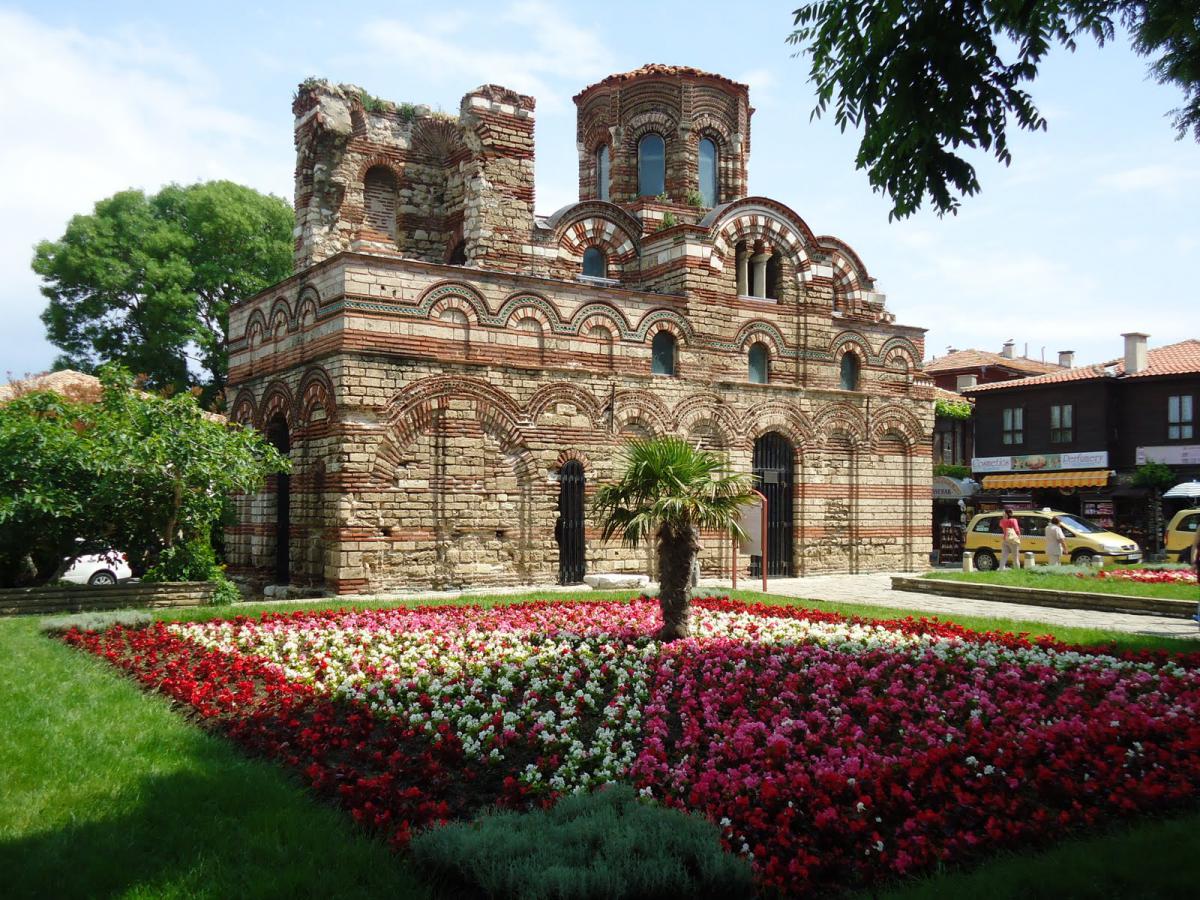
3. Hallstatt, Austria
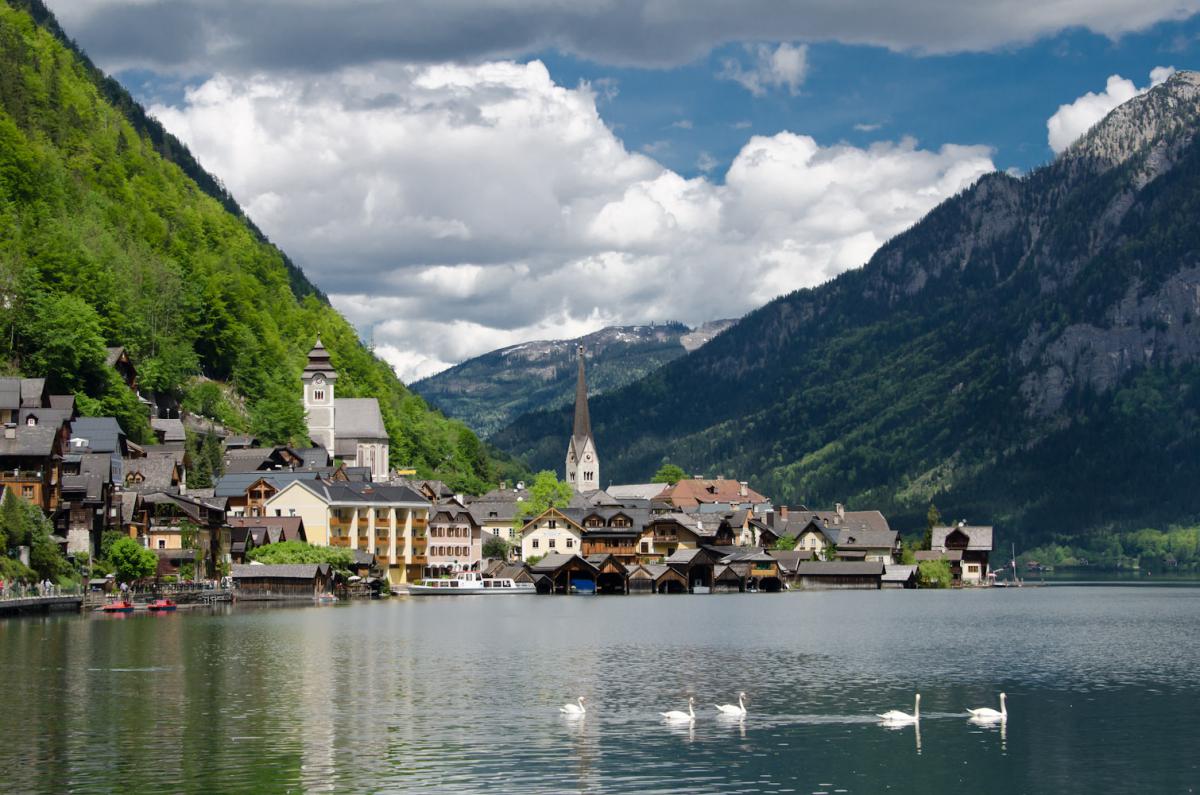
Population: 788
How to get there? Reaching Hallstatt is actually part of the beauty of the journey. You first have to fly to Vienna and then take the train to Hallstatt. The last part of the journey is a breathtaking ferry-boat ride across the Hallstatter See.
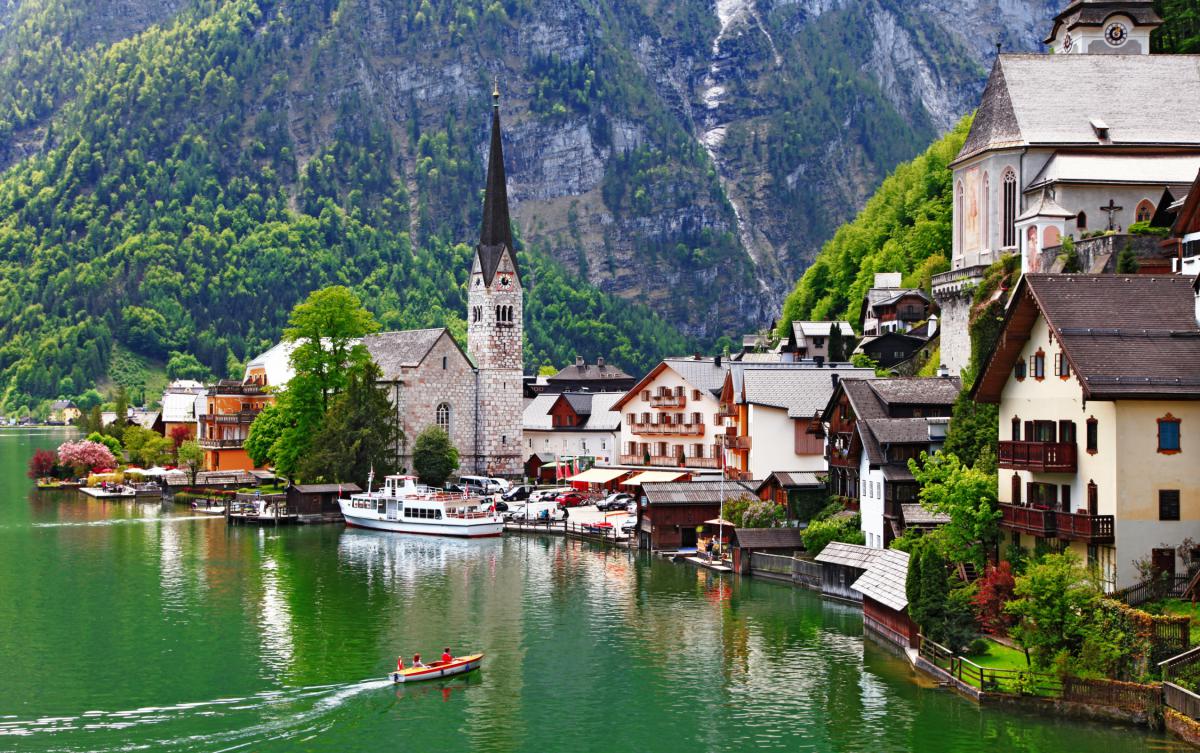
The smallest town (or should we say – a village) in the list, Hallstatt looks like a post card for Christmas – almost too beautiful to be true. Once you arrive on the lake shore you feel as if you have stepped out of a time-travel machine and back in the 19th century – the peace and quite of Hallstatt is almost surreal.
2. Cecky Krumlov, Czech Republic
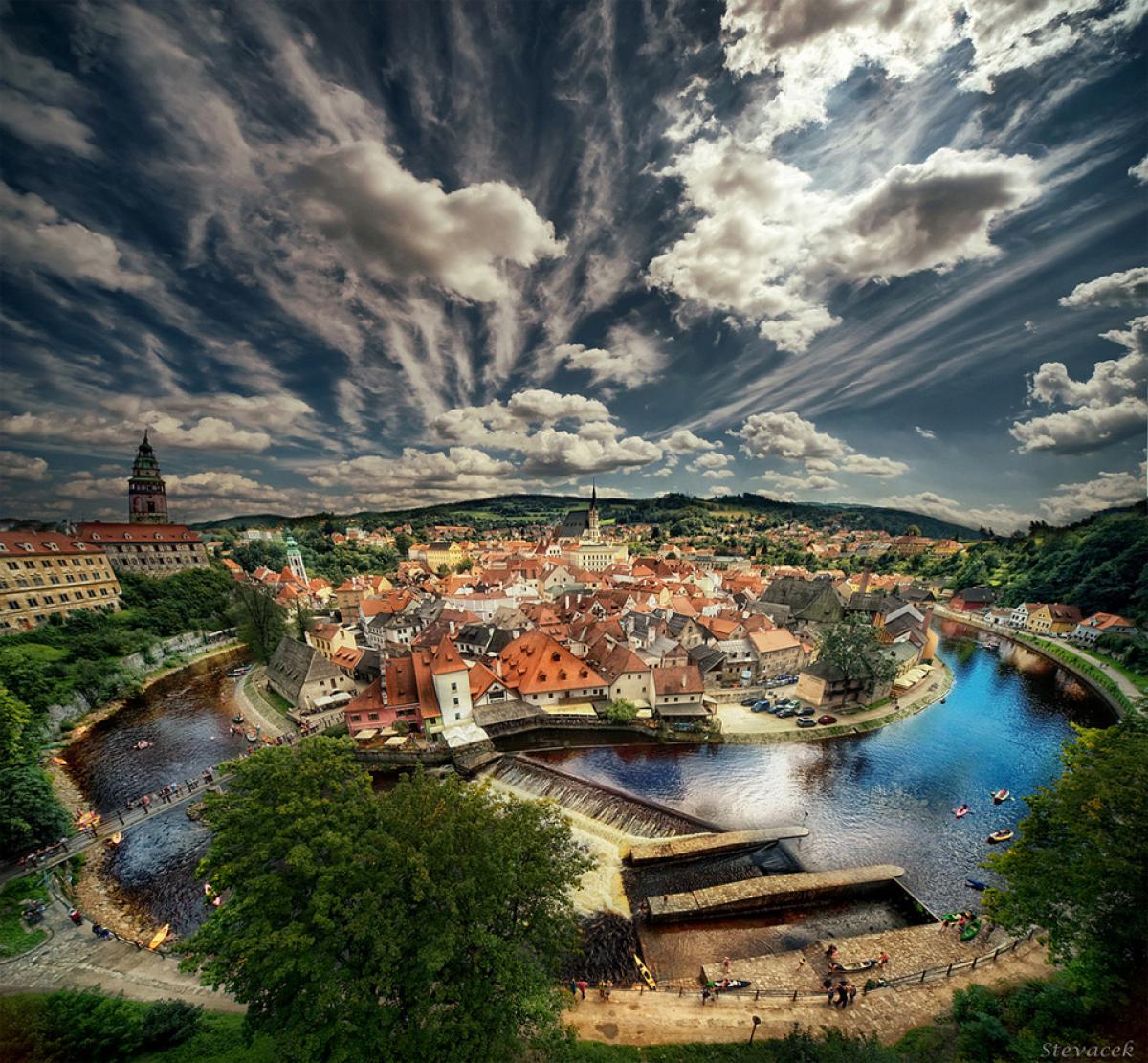
Population: 14, 000
How to get there? Book a flight to Prague – one of the most beautiful Europen capitals in its own right, and then catch a bus to Cesky Krumlov. The ride is about 3 hours long.
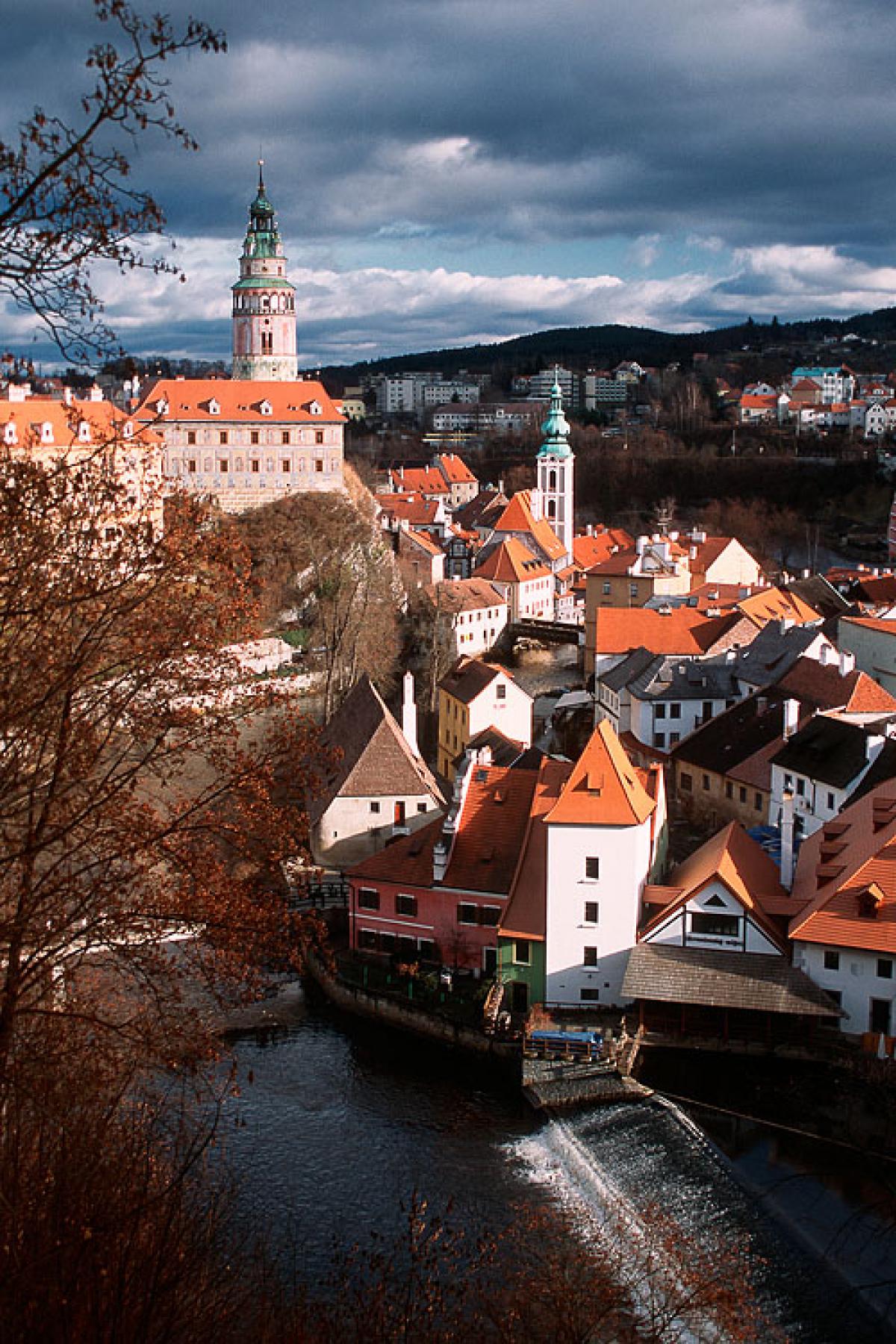
Another Central European jewel, dominated by the Krumlov castle that belonged to the powerful Schwarzenberg family. Cesky Krumlov will enchant you with its Renaissance and baroque architecture and the dazzling meanders of the Vltava River. You can also try some of the best European beer in one of the small local pubs.
1. Bled, Slovenia
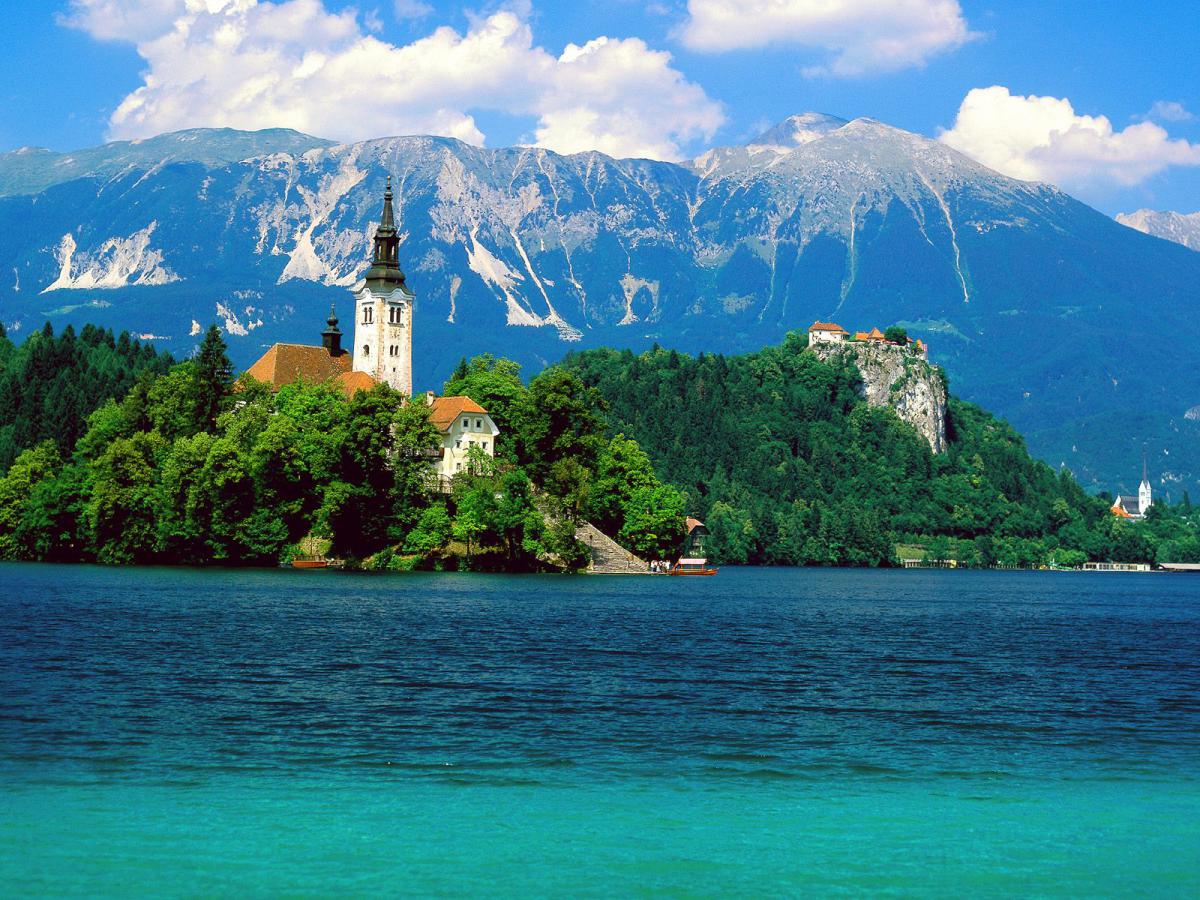
Population: 5, 200
How to get there? Book a flight to the capital of Slovenia, Ljubljana. There are buses leaving regularly for bled every hour. The ride will take just over an hour and will cost just seven euro.
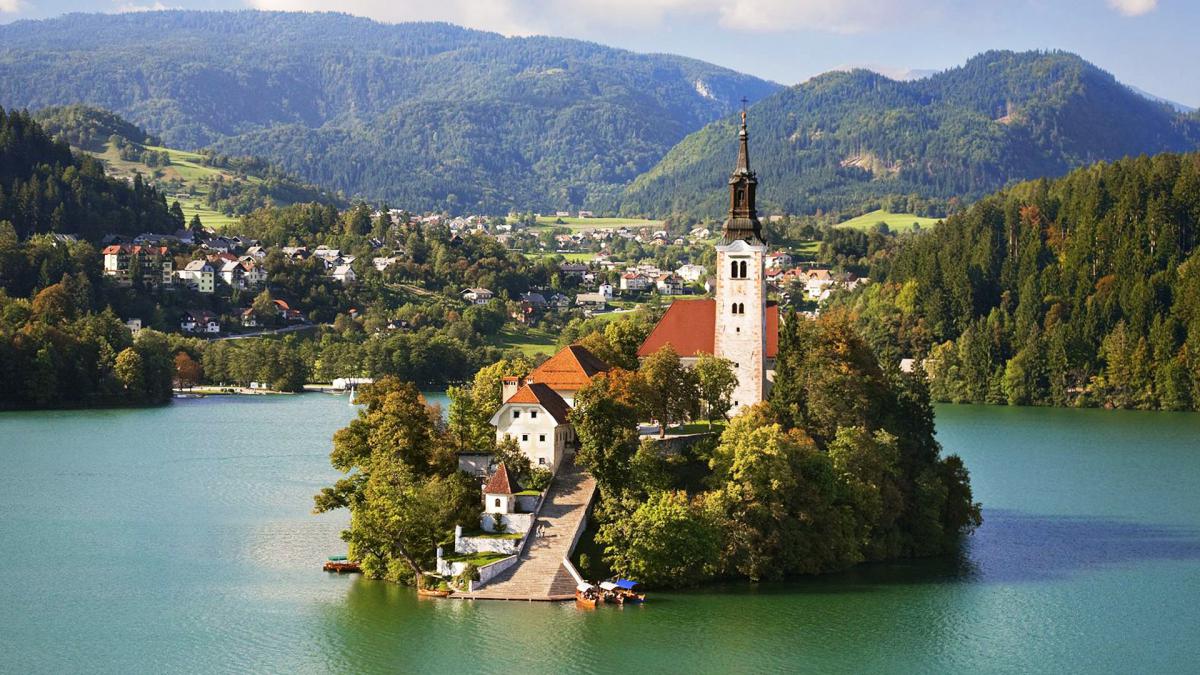
The ethereal beauty of Bled can easily match that of Hallstatt and even better it. With its castle and the churches on the shore, with the transparent, glass-like surface of the glacier lake, Bled looks more like a setting of a fairy tale than a tourist destination. Its mild climate, local hospitality and easy access make it the top spot of the list of small tourist destinations in Europe you must visit!
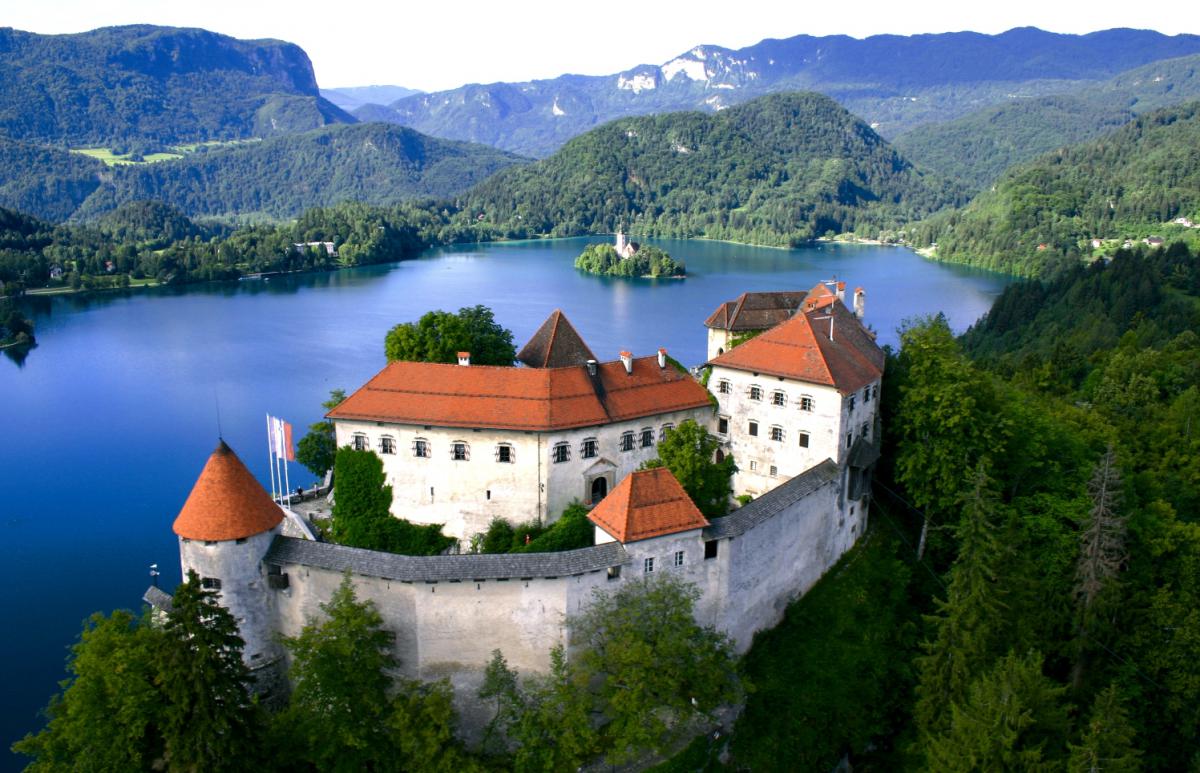
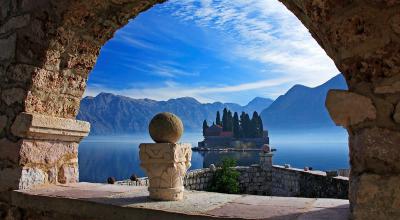
Leave a Reply